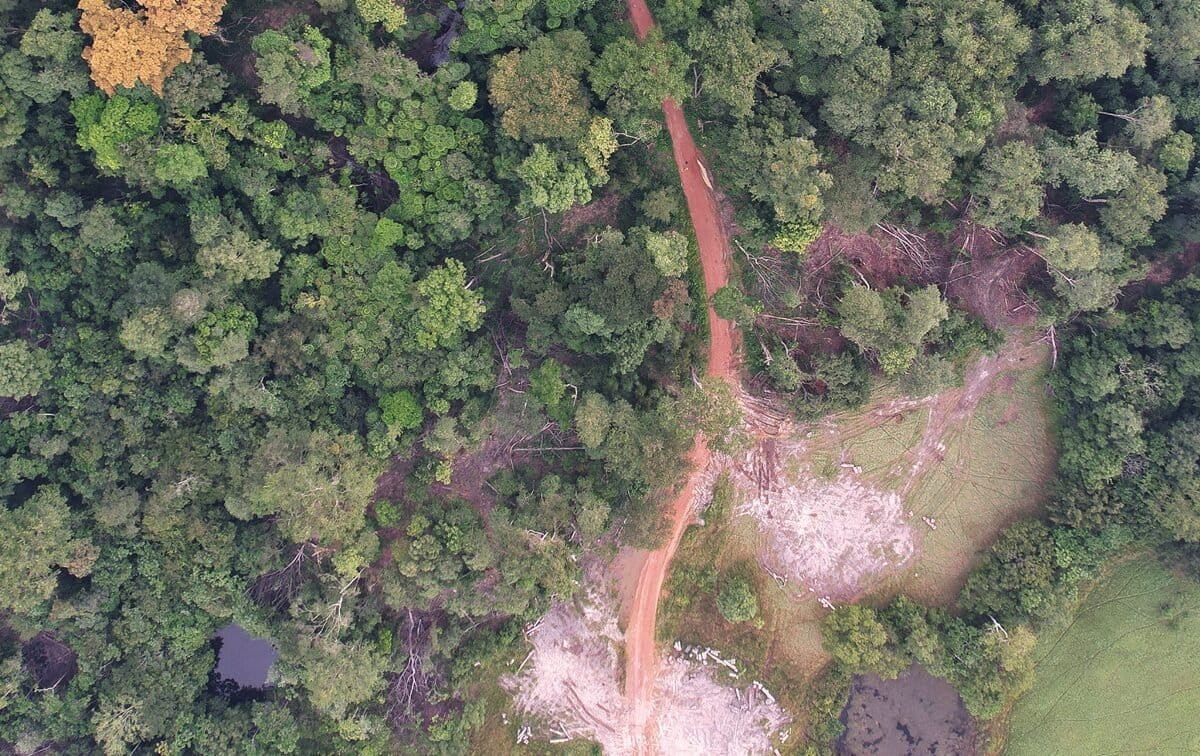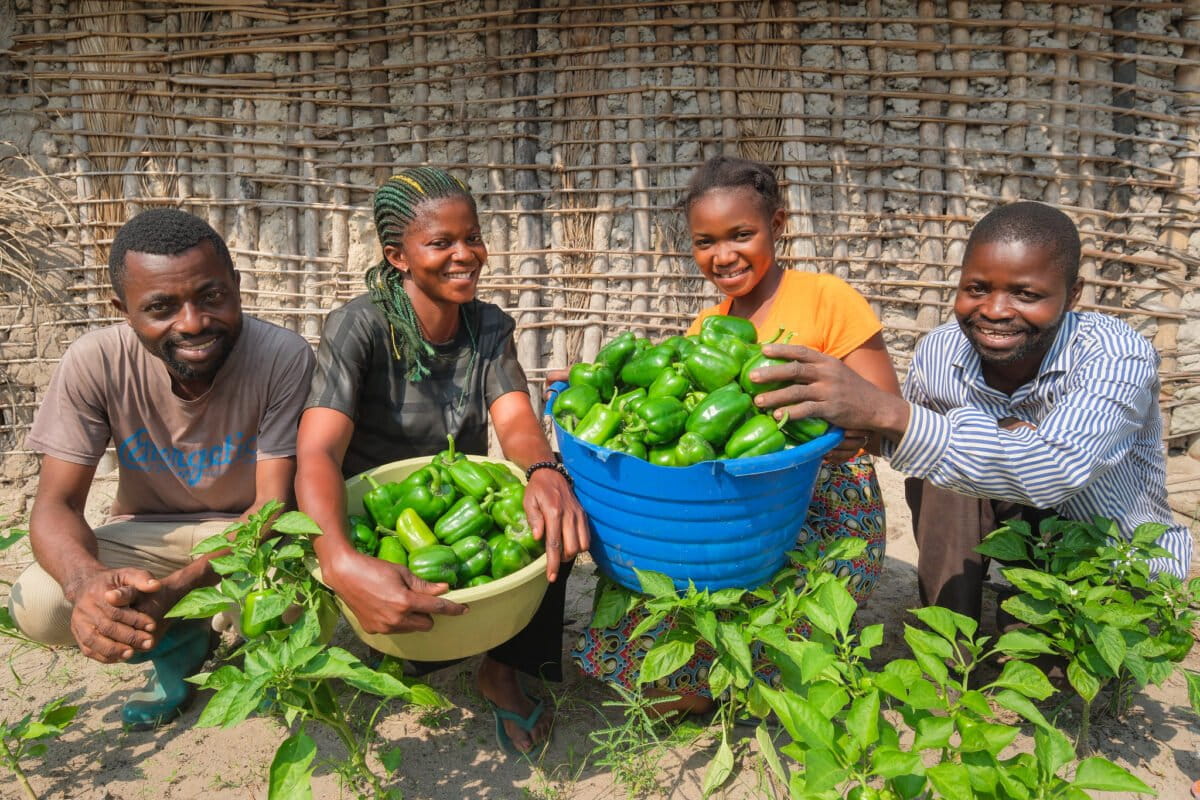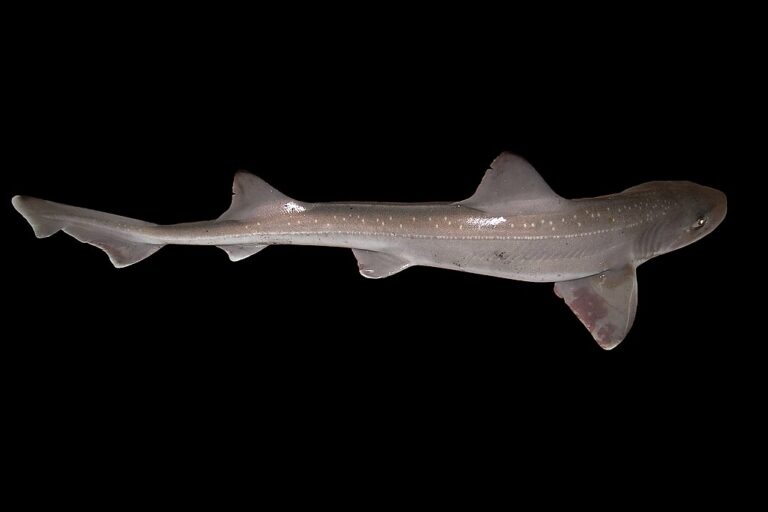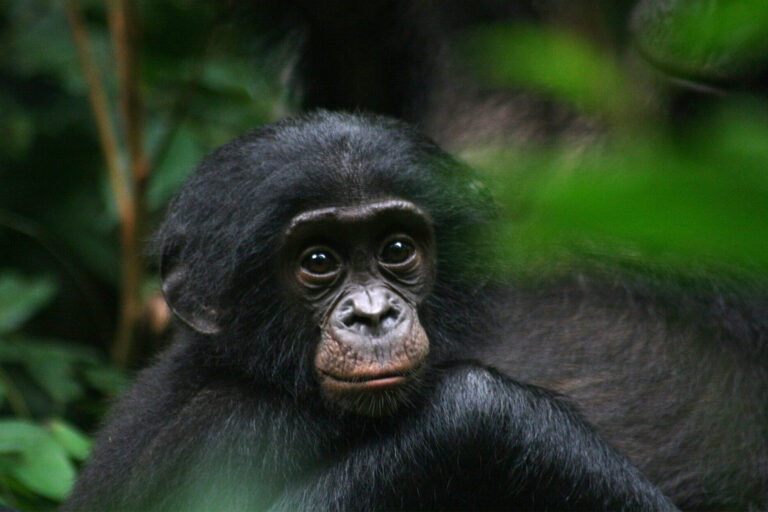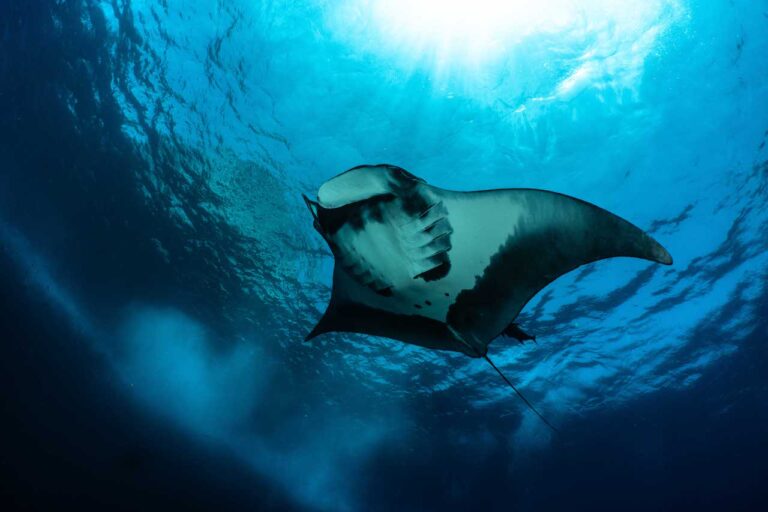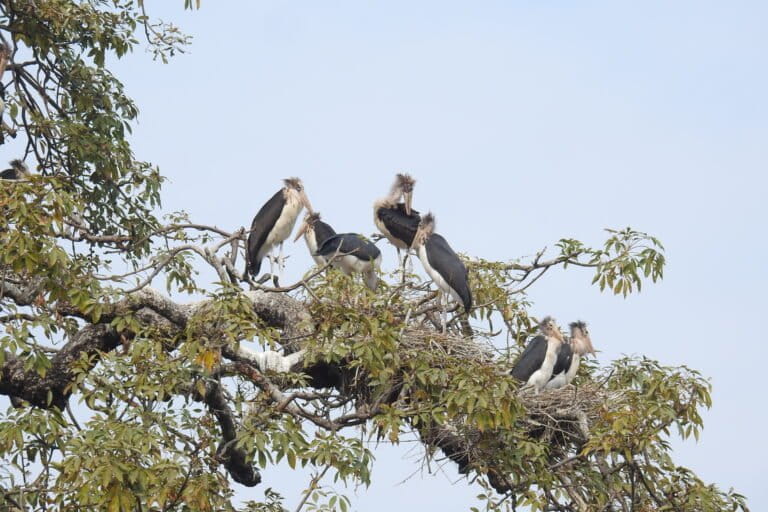A lot of attention has been paid to the decrease in bee populations and other pollinators, but a recent review article makes the case that we should be equally alarmed by the declining numbers of seed-dispersing animals, which are crucial for growing healthy forests.
“Both are important and should be taken into account in restoration and conservation projects,” study co-author Mauro Galetti, director of São Paulo State University’s Center for Research on Biodiversity Dynamics and Climate Change, said in a press release.
Pollinators receive more attention because of their known importance for food production and the economy. But roughly half of all plants, including 90% of trees in tropical rainforests, are dependent on seed-dispersing animals for their propagation.
When frugivorous, or fruit-eating, animals consume seeds, their digestion process prepares the seed to receive water and germinate once they’re deposited, making such animals “unknown heroes,” the press release notes.
“Seeds consumed by animals will germinate more, faster, and will establish themselves in safer places to grow,” Galetti said.
Some plants rely on a single species for seed dispersal, as in the case of the Brazil nut and the agouti, an Amazonian rodent. “If the agouti becomes extinct locally, the Brazil nut’s seed dispersal service will succumb,” Galetti said.
Birds, bats, monkeys and tapirs are the most common types of seed dispersers, but there are some more surprising animals involved. In Brazil’s Atlantic Forest, for example, certain fish species disperse seeds in riparian forests or those near wetlands. In the Amazon and Brazil’s Pantanal, the piranha-like pacu and tambaqui fish “travel long distances and eat large quantities of fruit,” Galetti said. In doing so, they spread seeds along the way.
The review article also noted estimates of forest carbon that can be lost with the decline in seed dispersers. Although the results aren’t yet peer-reviewed, they “suggest that seed dispersal disruption reduces carbon accumulation by multiple tonnes per hectare annually across many tropical regrowth forests,” the researchers note.
The article also highlighted findings from a 2022 study that showed declines in seed-dispersing animal populations and diversity “has severely reduced long-distance seed dispersal, cutting by more than half the number of seeds dispersed far enough to track climate change.” In other words, fewer animals are carrying seeds into newly suitable habitats, limiting the ability of plants to shift their ranges and adapt to a warming climate.
The primary causes of declines in seed disperser diversity, population and movement are human-caused habitat loss, landscape fragmentation, invasive species and animal exploitation.
“Protection, management and restoration of seed dispersers are essential for the success of efforts to address the twin challenges of nature decline and climate change,” the researchers wrote.
Banner image of a Jamaican fruit bat (Artibeus jamaicensis), among the many species that help disperse plant seeds, by keesgroenendijk via Wikimedia Commons (CC BY 4.0).



